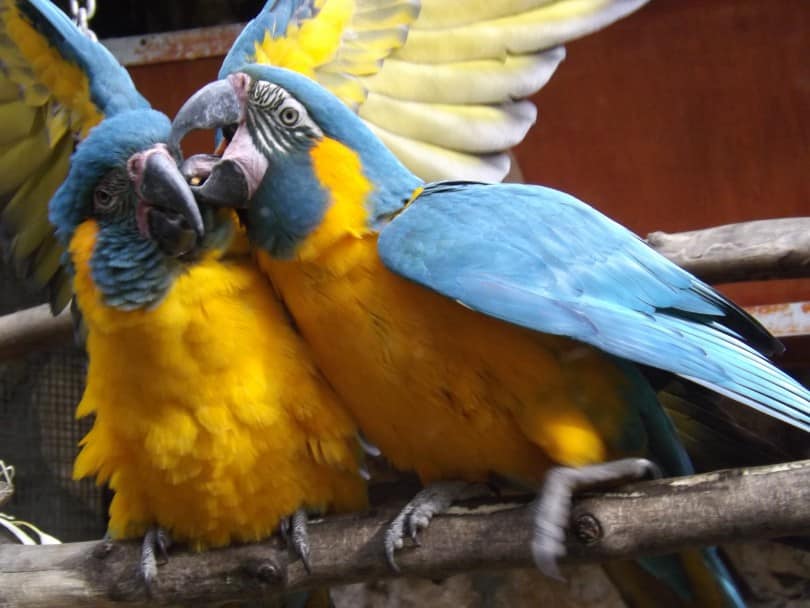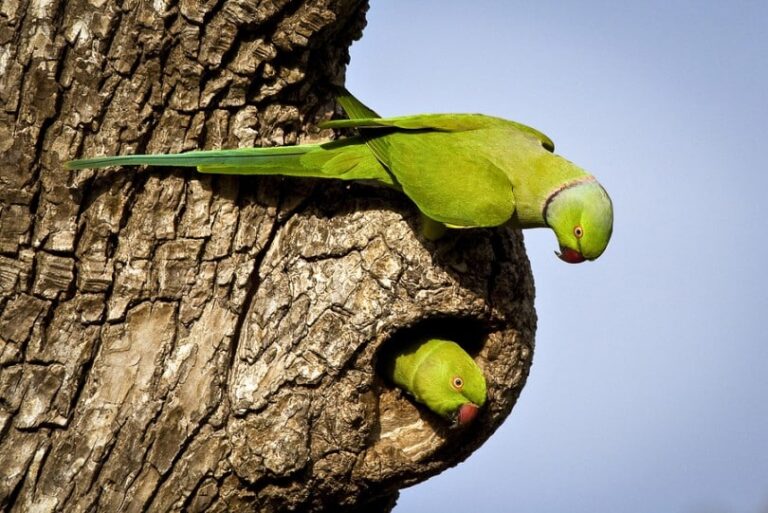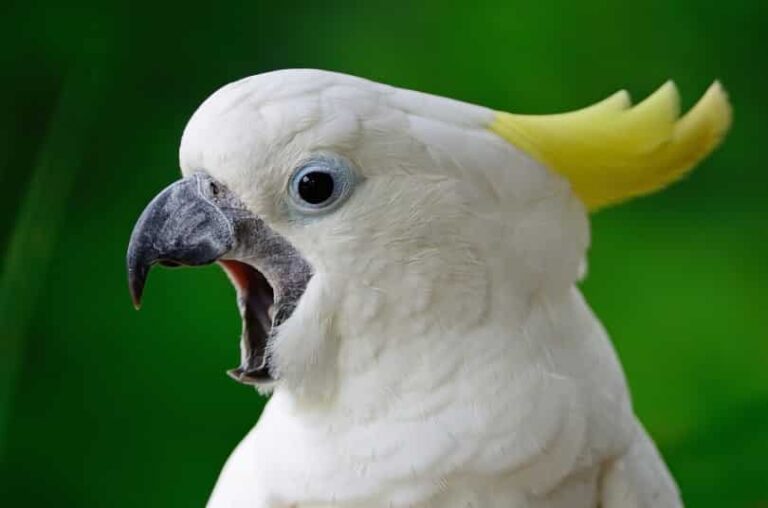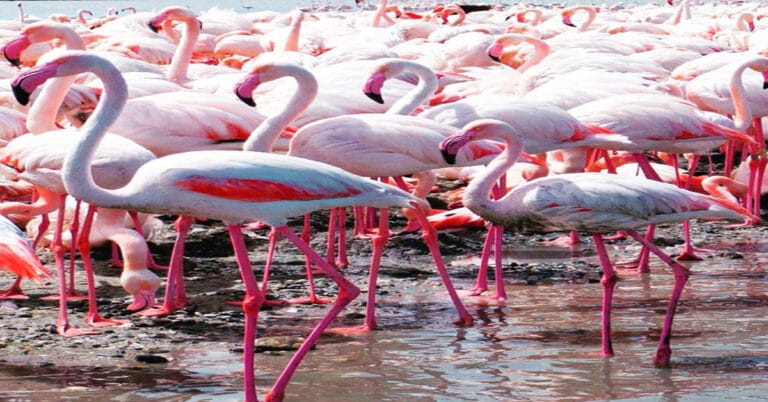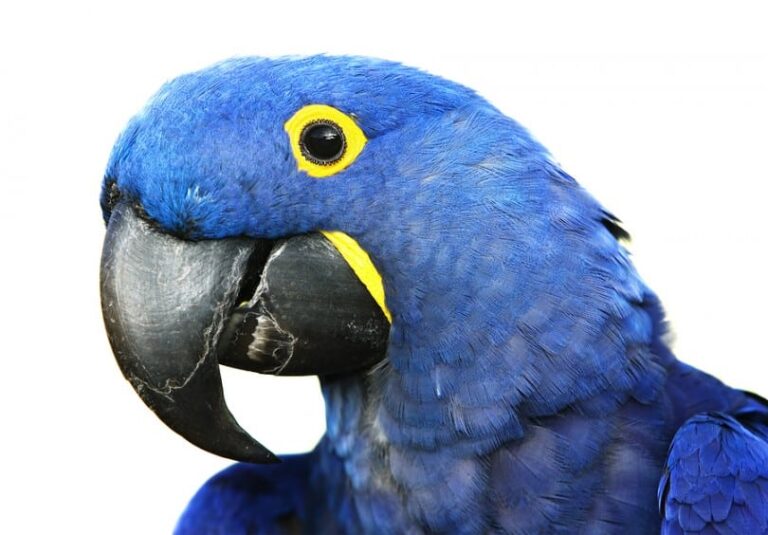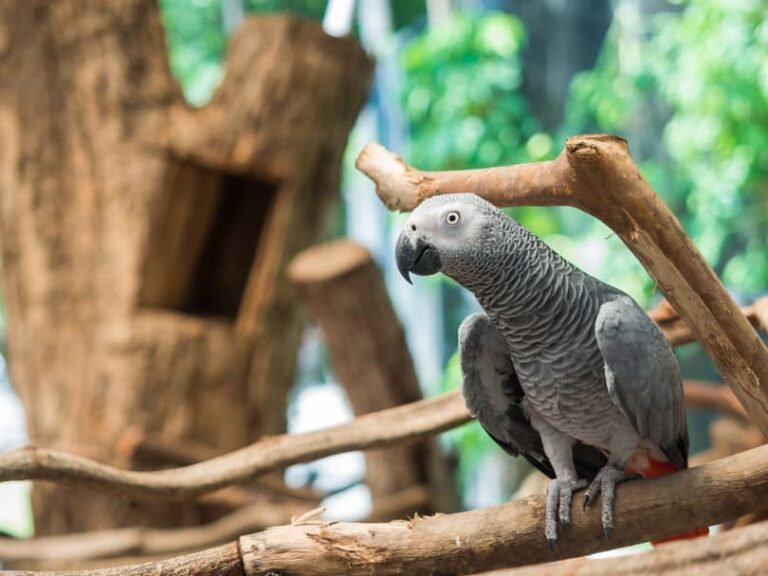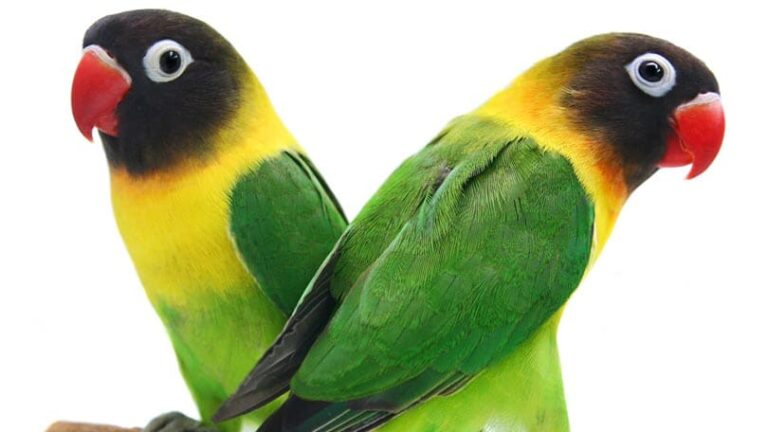Blue-Throated Macaw
The Blue-Throated Macaw, scientifically named Ara Glaucogularis, was earlier called Ara Caninde or Caninde Macaw or otherwise Wagler’s Macaw. This macaw bird is widespread in a few locations in the central parts of northern Bolivia, called Los Llanos de Moxos. This species of Blue Throated Macaw enrich the legacy of Bolivia; the current estimation of their population is 350 to 400 numbers of individual birds existing in the wild. Capturing this Blue Throated Macaw for trade as a pet is the very reason for their reduction in numbers. This parrot which is presently a much-endangered variety is given protection by banning its trade.
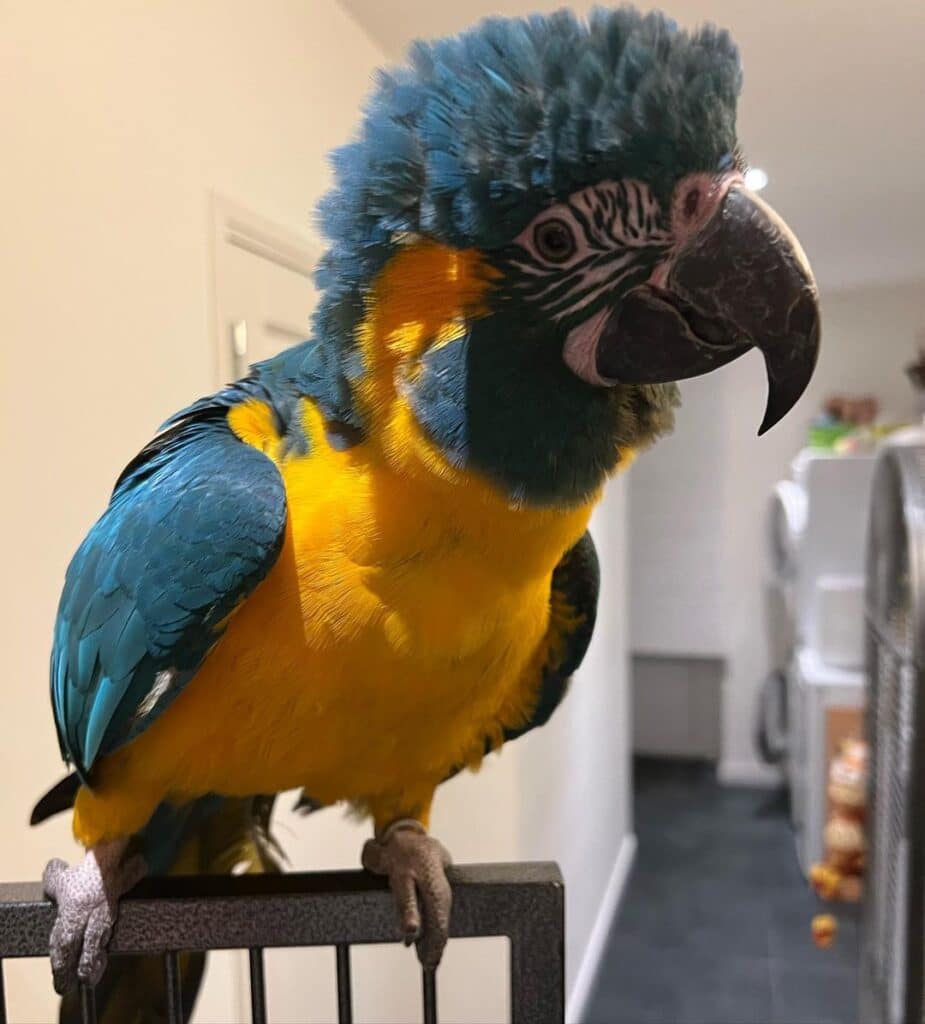
Description
This Blue Throated Macaw was first seen naturally from the central regions of North Bolivia, particularly in a collection of locations in the EL Beni department and perhaps in the northern regions of places close to Santa Cruz. The early belief was that the blue throated macaw was seen in the states of Paraguay and in the northern regions of Argentina. They dwell in an assortment of palm groves, swampy low lying lands, savannah grasslands and infrequently in the forests of the gallery. They have close association with the palm, called Attalea Phalerata a source for their feeding and nesting
This big Blue Throated Macaw is quite an extraordinary parrot. The outstanding feathers of this bird are the colored brilliant yellow color on its underside and turquoise blue on its upper sides. Its cheeks are blue and it has patches on its throat, its eyes are yellow in color and beak dark colored. The tail of these birds is elegantly long, the males are likely to possess darker patches on their throat They are normally about 85 cm long and weigh nearly 750 grams
Reproduction
The Blue Throated Macaw prefers palms for making their nests, which are built inside the cavities of the big trees, November to March is their breeding period. The principal food of this bird is different varieties of seeds and nuts, possibly that of palm fruits. When in the wild, they construct their nests in palm trees. In the year1984, they were initially bred in detention; they breed very fast, in spite of the fact that it is not easy to feed the juvenile, especially the just born, by hand. The incubation period is normally 26 days, with normally a clutch of 2 to 4 eggs. The feathers of the babies grow after 3 months while in the nest. During the breeding period the parents supplement with seeds of high fat content, such as sunflower seeds. Even the juvenile needs a diet of high fat content and supplement of proteins.
Growing at Home
Cage
Provide the blue-throated macaw with a spacious cage, with a minimum of 5 x 5 x 5 feet; the bigger, the better. Mount a big strong perch in the cage. Several birds while away their time on parrot perches or on a playpen. The Blue Throated Macaw masticates its food enthusiastically. Give them enough of wooden toys and fresh branches. They chew very well with fresh green branches of fruit trees. Of course, you need to substitute them frequently with fresh branches. The best place to place the water and food dishes and also a treat dish are over the perch, adjacent to the cage. A substitute to a cage is in an external aviary, where the weather is good, certain bird lovers prefer giving the bird a separate “bird room”
Food
Similar to their bigger relatives, the Gold and Blue, the Blue Throated Macaw also prefers different types of seeds, fruits, nuts and perhaps few proteins. In the market, branded pellet mixes and seeds for macaw are commercially available. Also feed them with any nutrients that you eat. Most of the parrots relish food with the members of their human family. In the wild, they feed on proteins and they are fond of chicken. Chocolate and avocado are poisonous to parrots.
Care
The Blue Throated Macaw belongs to the royal family of birds, they are challenging to keep, but their entertainment as a pet is invaluable. Since they are big enough, they need sufficient space to live in. The Blue Throated Macaw is very intelligent as well as mechanically minded; they understand how to open and prise apart different cages. In order to lessen the chewing habit of this bird, it is imperative that you train its behavior; Best is to train them in the right chewing habits.. Even though the Blue Throated Macaw is very powerful, it prefers behaving socially in order to attract your attention, to seek your love and cuddle with you.

Having discovered a fondness for insects while pursuing her degree in Biology, Randi Jones was quite bugged to know that people usually dismissed these little creatures as “creepy-crawlies”.

